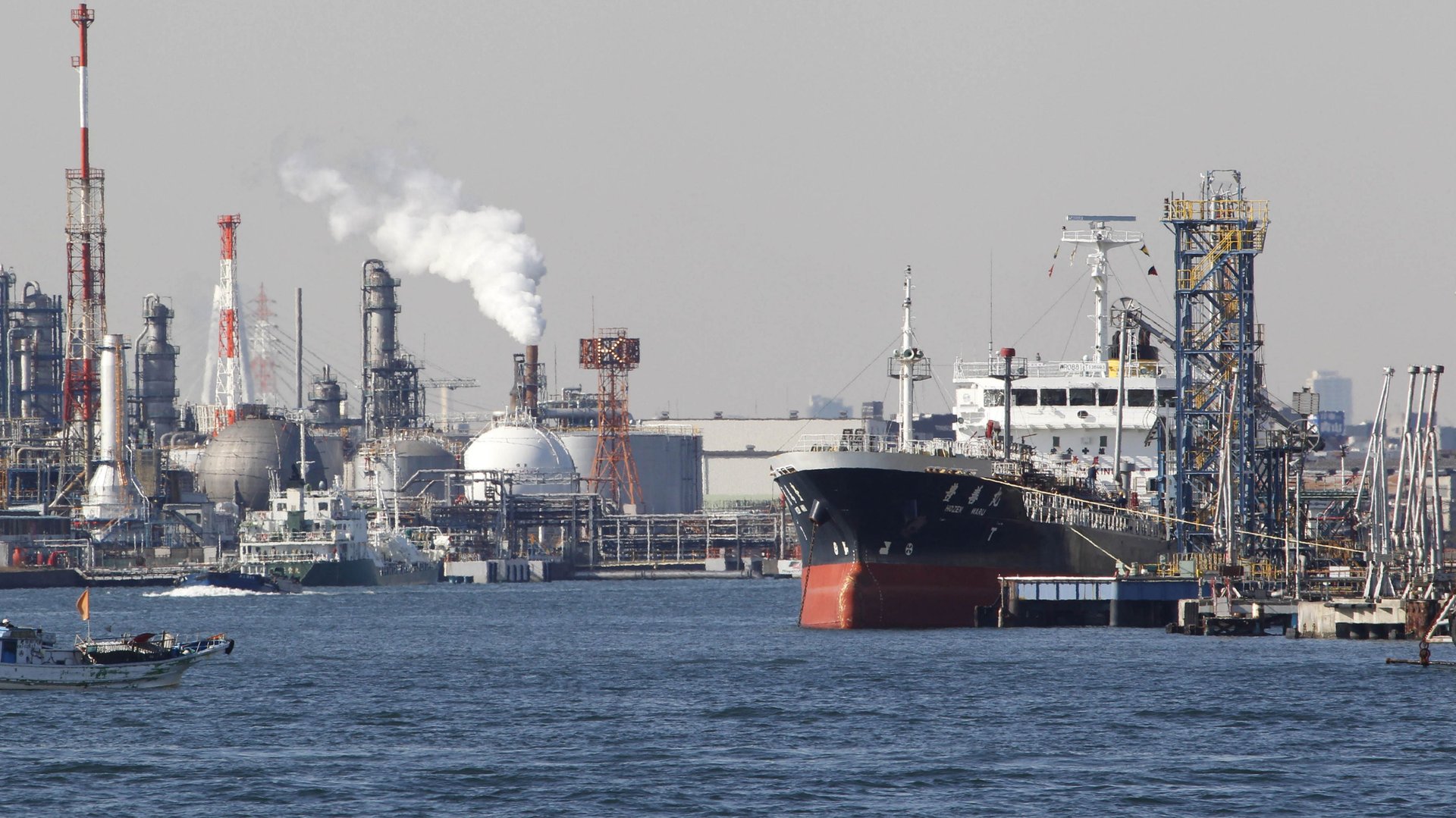Japan’s stimulus makes for cheap exports but expensive energy
And… he’s off! Prime Minister Shinzo Abe got the green light today for $116 billion in emergency economic stimulus. This will go on public works, including disaster mitigation, as well as on financial support for small businesses and incentives for innovation. The idea, said Abe, was to create 600,000 jobs and boost real GDP growth by 2%, which should be higher than the 3% growth in nominal GDP that was his previous target.


And… he’s off! Prime Minister Shinzo Abe got the green light today for $116 billion in emergency economic stimulus. This will go on public works, including disaster mitigation, as well as on financial support for small businesses and incentives for innovation. The idea, said Abe, was to create 600,000 jobs and boost real GDP growth by 2%, which should be higher than the 3% growth in nominal GDP that was his previous target.
And not a moment too soon. Earlier today, the Ministry of Finance released November’s trade data, and they were bad. At ¥222.4 billion ($2.52 billion), the month’s current-account deficit was many times worse than the ¥33.5 deficit that economists projected (paywall). It was also the first time Japan has had a deficit outside the month of January, when the holiday season typically decelerates trade, since the keeping of comparable began data in 1985, according to Reuters.
That this took economists by surprise suggests Japan’s export sector is ailing more than most realized, thanks to feeble global demand and tensions with Japan’s biggest export market, China.
Fortunately for Japan’s markets, Abe’s stimulus wrested headlines back from the Ministry of Finance. In response to his plans the Nikkei surged to a 23-month high, while the yen dropped to a two-and-a-half-year low of ¥89.35:$1 before snapping back up.
The yen’s continued slide has brought it close to Abe’s target of ¥90:$1, but his aggressive currency intervention to boost demand for foreign coin should make Japanese exports even cheaper than that. The plan announced today will see the government shovel its considerable foreign exchange reserves into European Stability Mechanism bonds, in addition to the previously announced plan to support Japanese acquisition of foreign companies.
Not that the cheap yen is a cure-all. While more competitive Japanese exports will help close the deficit—and maybe even nudge Japan back into surplus—the tactic makes importing more expensive. That’s a considerable problem with a current-account deficit as big as it is. But perhaps the biggest risk is energy costs. November trade data showed imports of fossil fuels were still high, as they have been since the Fukushima nuclear disaster in 2011 (paywall). Electricity costs have risen since the calamity, becoming a growing worry for households.
Will their concerns be vindicated? Stay tuned for December’s data. Since Abe took office last month, his pro-stimulus rhetoric has set the yen’s slide in motion. December should therefore give a glimpse of what this brave new cheap yen world looks like.